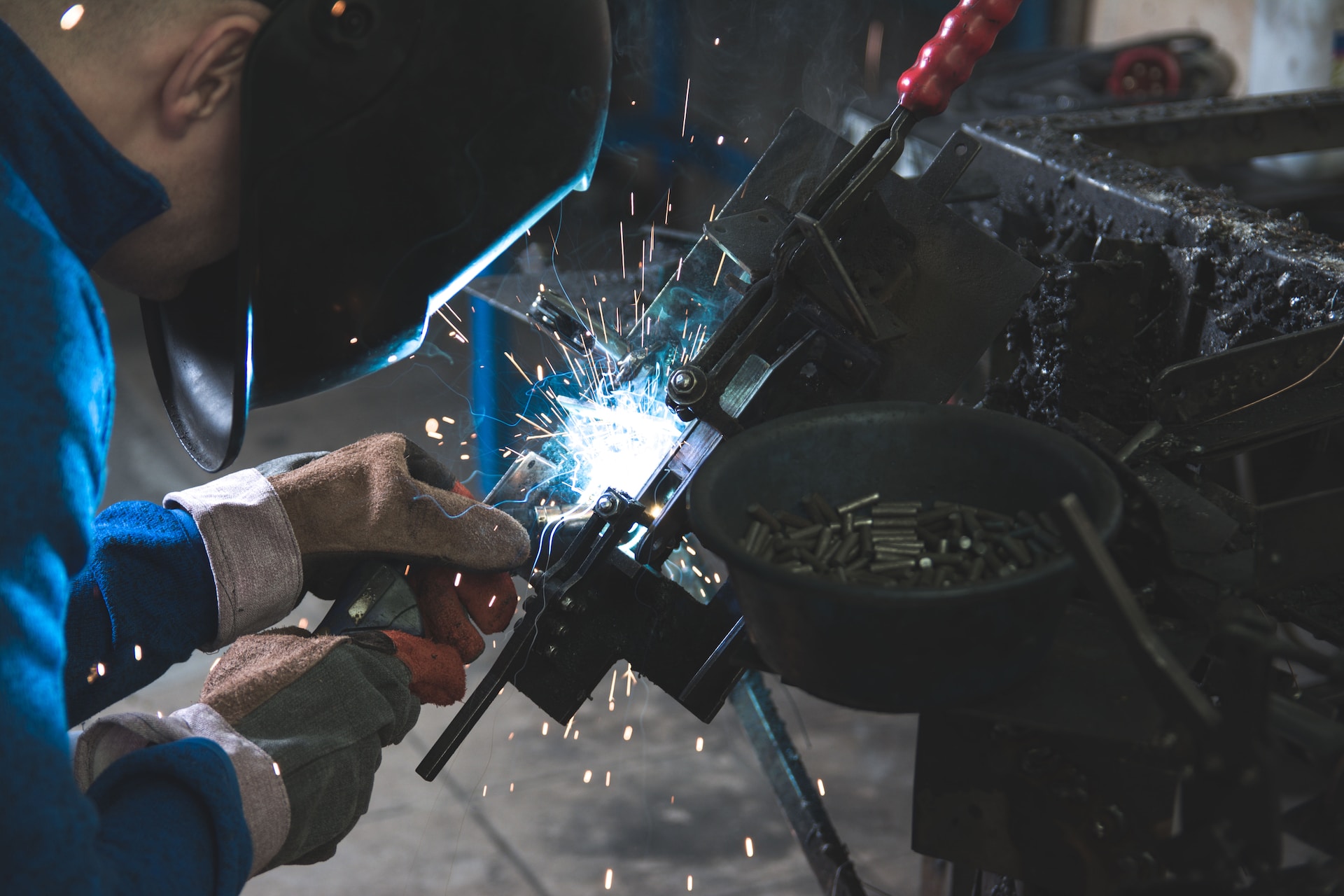Last Updated on: 21st November 2023, 09:31 pm
Metal fabrication is a massive industry in the United States, and it’s no secret that there are dangers involved in the job. Manipulating and transforming metal materials into finished products requires practice and skill and following safety protocols. Therefore, it’s crucial to understand the importance of workplace safety.
Workplace Safety in Metal Fabrication
12.5 million workers are employed by the metal fabrication industry, which accounts for 8.5% of the U.S. workforce. With such a high percentage, you don’t need to be reminded of how crucial it is to ensure each employee is aware of and following safety protocols. Some might seem obvious, like properly handling machinery and wearing protective gear, but there are others that you need to consider.
Safety Training and Protective Gear
Safety training must be a part of any quality control program and begins with protective gear. It should include understanding which Personal Protection Equipment (PPE) should be worn, like 3M masks with welder hoods, which will protect you from dust, airborne particles, and harmful fumes. Anyone working in these environments must wear gloves made of synthetic puncture-resistant materials or leather to avoid painful and potentially devastating hand injuries. Eye protection is also necessary in most cases, as pieces of flying material could cause lasting damage.
Injury Prevention
Back injury prevention is vital. After all, you’re lifting heavy sheet metal with extremely sharp edges and corners. Whenever you can, move it mechanically, but if you must lift it manually, practice appropriate lifting procedures. Also, don’t be shy about asking someone to help you. Storing sheet metal on storage tables minimizes the bending and lifting you’ll have to do.
Hazards Associated with the Job
There are many hazards associated with welding. It causes heat, gases, sparks, slag, and other emissions. Therefore, fire extinguishing equipment should be on standby and regularly inspected. Only trained personnel that know how to guard against fire should be allowed to perform these tasks.
Respiratory Protection
Sometimes welding is done in confined spaces while involving toxic metals. Ventilation can be challenging in situations like this, so respiratory protection such as a supplied-air respirator should be on hand. Material safety data sheets, or MSDSs, should be utilized to understand the necessary respiratory protection. Remember, confined spaces aren’t just small rooms or inside locations. They are anywhere where natural airflow is restricted.
Employer Responsibility in Inspections and Maintenance
Your employer is responsible for establishing and following an inspection program on your equipment. They should perform inspections weekly and any necessary maintenance or repairs immediately. Additionally, certification records must be available for tests, maintenance work, and document inspections. Your employer is responsible for ensuring people operating machinery are competent and following appropriate procedures.
Following Safe Work Methods
Not all of the responsibility lies with the business. Once they’ve trained you in safe work methods, you need to follow them. Typically, you’ll be supervised at first, but when you’re alone, pay attention to the protocols you’ve been taught. The best thing you can do for yourself is prevent injury.
Nice as it would be to have a fully accident-free workplace, it is seldom possible. Things can go wrong, even if you do everything right. However, these safety methods reduce the likelihood of something happening.
A massive red flag is repeated injuries, especially in a short amount of time. If 10 or more employees are injured at your business over a calendar year, you must keep OSHA injury and illness records. There is likely an issue with equipment not being inspected, inadequate training, or people not following procedures. Whatever the problem, you need to deal with it immediately.
OSHA regulations for metal fabricators must be followed to ensure a safe workplace. From preventing injuries to maintaining equipment, evaluating potential risks, appropriate training, and strong record-keeping will help protect your workforce.






